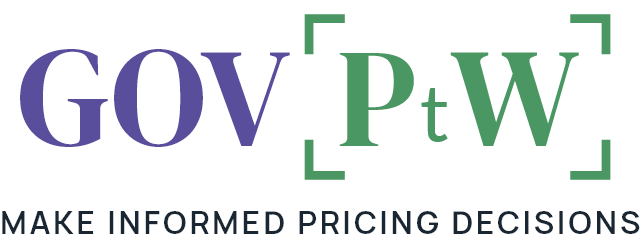Price to Win is the term used to describe the overarching process of evaluating:
- the client’s requirements, buying habits, preferences, and budget
- the known or likely competition, what their solution/strategy might be, and your estimation of their price
- what your solution will be and how you will price it
- a post postpartum, even
ifwhen you win
Note how simple, yet comprehensive, the above bullets are. They involve parts of the timelines for business development, capture, proposal, and post proposal. Some organizations use the PTW term to refer to the fee/profit adjustment part just prior to proposal submission. That is a fine way to lower your probability of win (pWin), enjoy the pleasantries of senior leader scrutiny, and be left with very few levers to pull at the end.
The purpose of PTW is to make pricing informed decisions throughout the entirety of the opportunity pursuit, and to make adjustments along the way as new data and intel becomes available. It involves both a qualitative and quantitative approach to understand all complexities in the bullets above, so that the eventual bid is able to find the right balance between the:
- Requirements – what the client wants/needs (not simply what you want to give them that they did not ask for)
- Competition – their solutions and price points
- Profit – the maximum that is achievable and reasonable
- Risk – decision making that balances the above
The multiple part series of articles on our site follows how one may conduct a thorough PTW analysis from start to finish.
Next up are a list of steps to make sure the process is detailed and repeatable.
